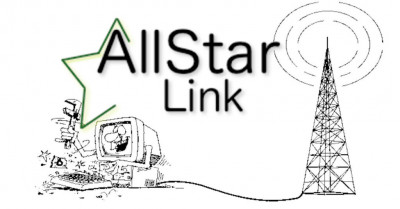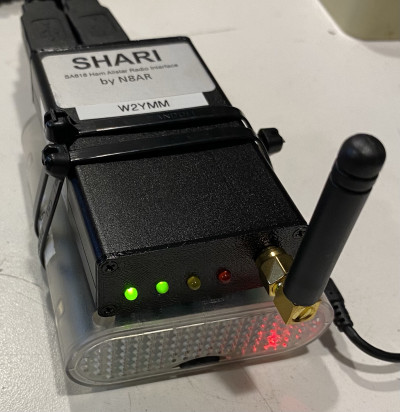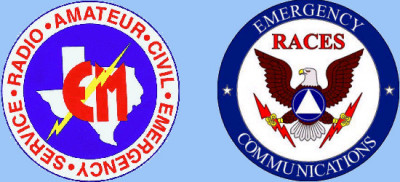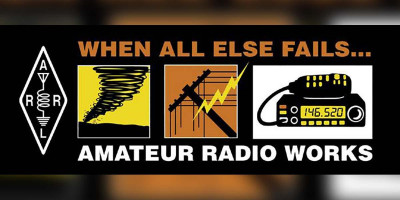Ham Radio SM6KUT Sweden D-Star and Allstar.
I am currently upgrading my site so that it is up to date.
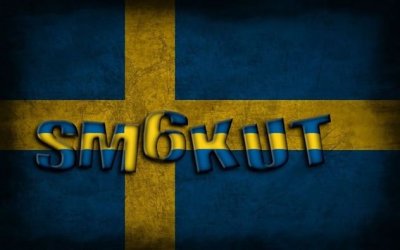

I am a member of SK2TT which is an ALLSTAR association and we are active on 553415. And everyone is welcome to call in there for nice QSOs.
And Allstar is growing so fast here, and there are new signals almost every day.
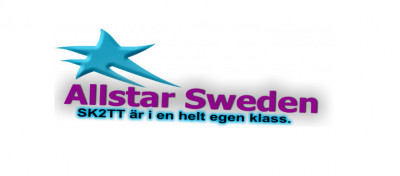
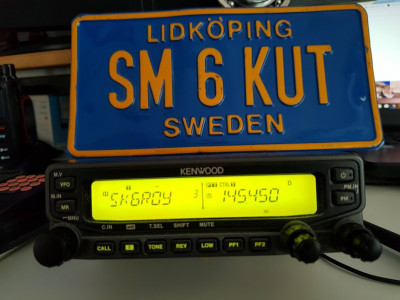
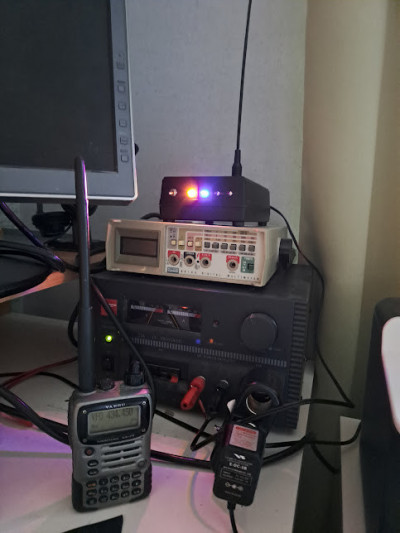
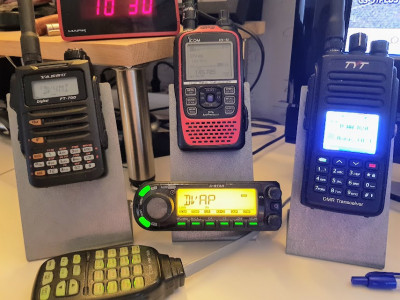

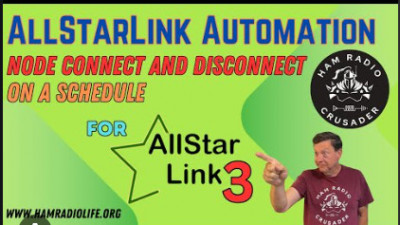
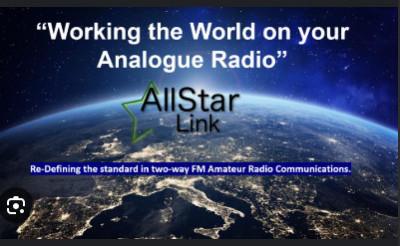
Hello,
My name is Thomas and i live in Lidköping.
Lidköping is a locality in West and seat of Lidköping Municipality, Västra Götaland County. Lidköping is Sweden's 45th largest city.
The city is located south of the southeastern part of the Vänern called Kinneviken. Other side of town is farmland. The city is divided in two by the river Lidan. The eastern side is called the old city and the west side new city. Previously, the old and new city of two independent cities, each with its Town Hall. The new town square stands the new town's founder Magnus Gabriel De la Gardie statue and his hunting lodge, which was previously used as a town hall.

History [edit]
Lidköping received its first known town privileges in 1446 by Sweden's then king, Christopher of Bavaria, and thus became the first city on Lake Vänern. privileges did themselves no great difference to the city's development, but at about the same time, a new element in the city's economic life beginning to emerge, namely shipping on the lake. By the nascent timber exports from the forests around Lake Vänern started Lidköping transformed from inland city to the seaport.
In 1533 the city was hit by a fire that put most of it in the ash. Since Gustav Vasa wanted to found a new city in "Huffudnaes", the place where later Vanersborg would be built, he decreed in 1560 that all residents move there, and that no merchandise would be allowed in Lidköping. The move was not without the city was rebuilt, and life went on the market place at Lidan outlet.
In 1615 was awarded the Jacob De la Gardie after their great success in the De la Gardie campaign with a county located in Lacko. He was also right in this building a city, which he never used. Queen Christina allotted him in 1651 rather than the city Lidköping "to grevskapets replicating". In 1655 was grevskapets the then owner, James son of Magnus Gabriel, see the city return to the Crown as part of fjärdepartsräfsten. He was, however, also state that the county build a new city. Lidan western shore, opposite the old Lidköping, was appointed to this new urban location. Moon Shields on Ågården, who owned the land, people, however, to begin his plans, and only in 1670 was one exchange of land that made the coveted land came into his hands, and in 1672 the city began to be built up after the geometric urban plan Count himself established.
De la Gardie encouraged anyone who wanted to build in the city by giving money, wood and stone, assign locations to and distribute shares in the woods. Count's hunting lodge on Traneberg on Kållandsö transported by boats to Lidan mouth, whereupon it were set in the middle of the main square to serve as the Town Hall. Lidköping was therefore at this time of two small towns on either shore of Lidan. In the 1680s, there were in those cities several artisans: shoemakers, tailors, carpenters, gun smiths, leather and karduansmakare.
Even through the reduction was in 1683 Lidköping back as a unit under the crown, but the two cities had until 1705 was its mayor. During his lifetime, was Count Magnus his hand over both the old Lidköping and their own city. He established schools and orphanages, restored the church and supported in many ways, trade, crafts and other industries.
1849 destroyed almost the entire old town again by a devastating fire. The fire started at Lidan immediate area on the east side, where a monument was erected after the fire 1949th The only thing that was left by contemporary old town was a blocks which today goes by the name Limtorget Square. [
Since agglomeration has stretched beyond the old city boundaries is part of today's Lidköping in Rada and Hovby parishes.
During the 1980s and 1990s was one of Lidköping tired of the city confused with Linkoping, and you tried to change the name to Lidköping-Vänern, and later Lidköping by Vänern. It was rejected for several reasons, mainly when such names were lacking tradition in Sweden (similar names are found in Europe, such as Frankfurt and Newcastle-upon-Tyne.)
Radio info.
Started with amateur radio in 1979 with technical license. And drove 2 meters traffic via Repeaters in Sweden. And when it was propagation so you could run the whole of Europe.
And in 1984, I began to run through AO-10 and AO-13.
And I remember Feel the Today in my first QSO via AO-10 with a station in Los Angeles, California, it was a nice feeling to send the signal to the satellite and down the west coast of the United States.
And I drove together 160 different countries via satellite and all U.S. states.
And in 2005, I begin to run short wave and loved 40-meter band.
And was running every day drove nice contacts.
And in 2006 I came running to run IRLP, which I liked very much ran fine QSO worldwide and established many contacts.
And also started my echolink node as I drove since SM6KUT-L and I really like the new fashion on amateur radio. When you can connect radio + PC and send the signal on the Internet.
And then one year back I run the D-star, really like this and now you have the D-star has become the number one here from my QTH.
And I listen and run a lot through reflectorer around the world and really like when to take their handset and go into the garden and run stations around the globe. Or when you take a forest walk with my dog.
And now in 2025 I have started using Allstar and it works really well, and nice to be able to be on Alaska Morning net and on East Coast Reflector.
And also via ALLSTAR SWEDEN 553415 here at home in Sweden. And if you read this, you are welcome to call in to ALLSTAR SWEDEN and see if we can get a qso.
Great fun now that I can use my old radios and bring FM via Allstar.
I'll try to make more upgrades to this website now that I have more time now that I've stopped working.
